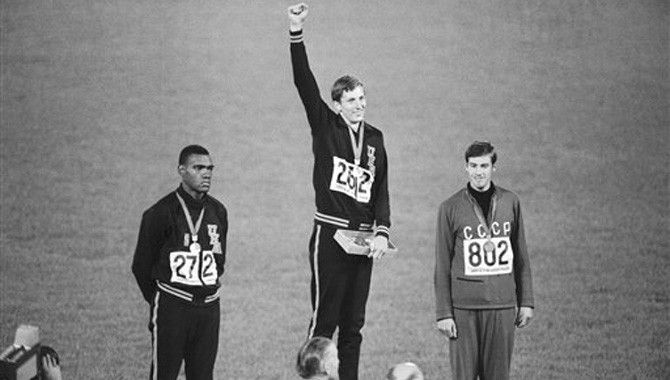Introduction
Athletes must surpass a bar, wich is held by two big supports, and they must do it vertically in order to win the contest.
 |
| Here are the main three high jump styles. Fosbury's the most used nowadays, because of its effectiveness, though Scissors jump is a very easy technique for learning. |
In the first part of this work we will make an exhaustive review of the Fosbury jumping technique.
The second part will be an analysis of the actual competition and the athletes' characteristics. I'll try to make this as smooth and eatable as I can, since I'm writting this article in a foreign language, and I want it to be understandable to everyone who wants to read it.
Technique Phases
 |
| Brief technique description |
Approach phase:
Very similar to an actual running technique, although it will only last for the first 16-20 mts, wich will take from 8 to 12 steps, depending on the athlete's anatomy; the speed will be arround 7/ 8.5 m/s.
Within this phase we can easily discern two subphases:
Straight run:
In this phase the athlete will reach his optimal speed, wich will take from 5 to 7 steps.
Curved run:
The last 3 to 5 steps are made by tracing a curved way to the bar; the centrifugal force must be counteracted by leaning the athlete's body towards the interior of the curve, in order to keep the athlete's balance.
Takeoff phase:
The driving leg must be extended when we reach this phase, the jumper turns before the take off, in order to get a backwards position to the bar during the flight.
As for the other leg, it will be flexed from the knee, upwards and onwards, in a pretty fast technichal gesture, whose objective is to reach the hip's height.
The trunk is directed upwards and on the driving leg vertical line.
The arms used to be in a backward position, but from the begginning of this phase they will help the rest of the body for the takeoff, going upwards in coordination with the shoulders and the free leg.
Flight and landing phase:
Athlete's body's a bit more relaxed in this phase, in the meantime he's turning in order to surpass the bar.
Flexion at dorsal and lumbar level will be accentuated, allowing a position with lowering of shoulders and raising of hips, known as ''the bridge''. The elevation of the hips is mainly to avoid pulling the bar with the butt.
 |
| Dick Fosbury performing his well known jump style |
From here the descent and landing begins; when the hips have passed over the bar, the legs are extended so they don´t touch it neither; the arms will be close to the trunk side, thus they'll help with the landing balance. Athlete should take care about his knees, they can hit his face due to the momentum of the fall.
Competition analysis
I'd like to state some key points that I've observed during the contest:
- First of all, the bar is raised higher with each athletes' attempt, they start from 1.84 metres high and finally, the winner (Lasitskene) gets to jump 2.04 m; the bar gets raised from 2 to 5 cm in each jump.
 |
| Competition winner, Lasitskene |
- I haven't seen any athlete using a jump style wich isn't Fosbury's, due to its technique superiority.
- Winning the competition is important, but I could feel how most athletes were focused on improving their individual marks.
- Some athletes have a more opened trajectory than the rest, of course this relies on how the previous race is done.
-Each athlete has her own ''manias'', translated to a sort of a ritual before, during and even after the jump, like some kind of dance or characteristic gestures, this appeals to focus and helps the competitors to improve it.
-There are some few technique differences, like the number of race steps, the trace and direction, where do they start from…
Conclusion.
The technique is way important, anyone who wants to do a good and solid jump must learn it ,however, It doesn´t matter that much in high competition level, because the athletes have mastered it perfectly. I think the most important thing is the technique biological adaptations for each competitor, for their height, weight, strength and general anatomy, a good technique must differ from the average rule and get its own adaptation, perhaps this way we could find a better technique than Fosbury's, who knows?





No hay comentarios:
Publicar un comentario